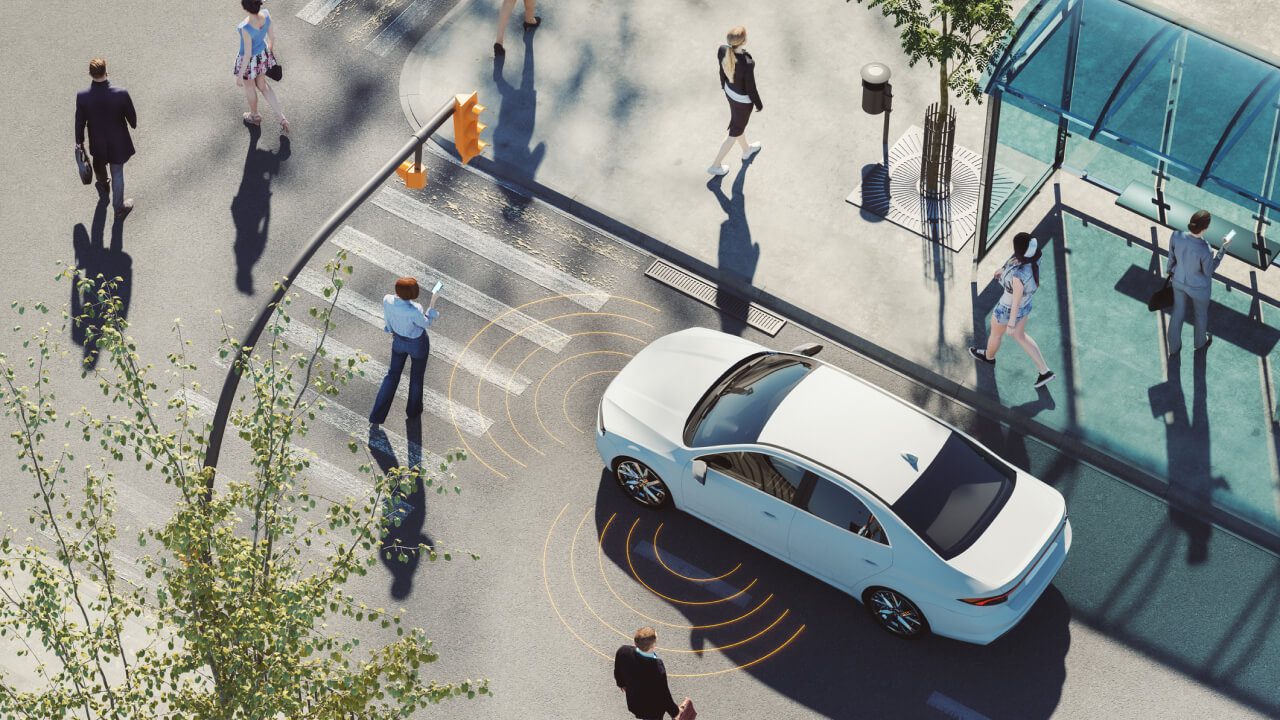Summary
- A new mandate has been issued this week by the federal government that all new vehicles from 2029 onwards will need to have automated emergency braking
- There is an established history of mandated safety systems, starting with seatbelts, then airbags, then backup sensors/cameras
- Each time these systems have become mandated, there has been a noticeable effect on accidents, injuries, and fatalities
- Many vehicles in 2024 already have AEB and other braking technologies, however as part of a voluntary agreement, not an actual mandate
- We think that any system that improves safety and can react faster than a driver to prevent an accident is a positive thing
In light of the federal government’s announcement that by 2029, every vehicle sold in the USA will need to have automatic emergency braking (AEB) systems as part of their standard equipment, it prompts an analysis into what cars in 2024 already come with in terms of automated systems.
We’re going to look at some major systems that are in cars today that do not require driver intervention to activate. In this sense, an automatic transmission does not count, but radar-guided cruise control does.
No Subscription? You’re missing out
Get immediate ad-free access to all our premium content.
Get Started

